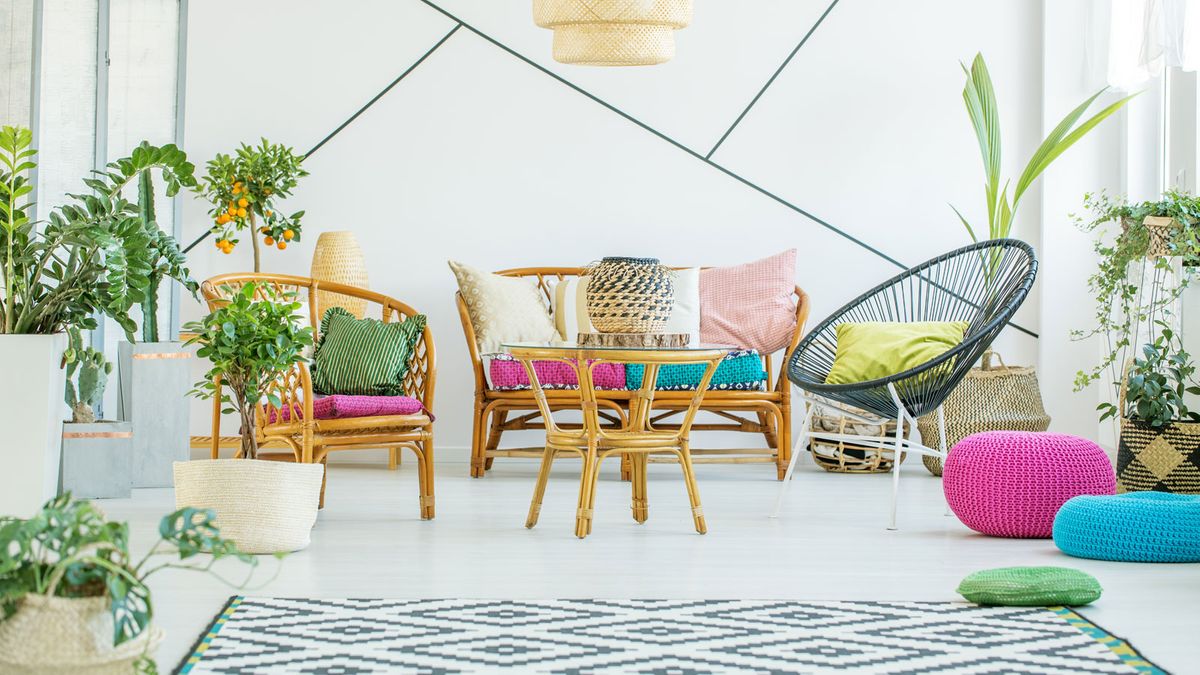It's amazing what a walk in the park can do for you when you're feeling sad. This is because connecting with nature improves our overall well-being. Time spent outside in a green environment can reduce mental tiredness, boost relaxation, and even improve cognition according to studies. Indoor plants not only look wonderful, but they may also make us feel good. The presence of indoor plants has a calming and restoring effect—in fact, scientific field studies have shown that in workspaces where indoor plants have been installed, job performance increased, employee welfare improved, and sick-leave absences decreased. Research also suggests that hanging house plants can:
- Increase your happiness, creativity, focus, and originality.
- Reduce weariness and stress.
- Absorb toxins, reduce humidity, and produce oxygen—thus resulting in cleaner indoor air.
- Bring liveliness to antiseptic environments, provide solitude, and lower noise levels.
Now that you know the benefits of welcoming indoor plants into your home, here are some hanging houseplants you can consider:
1. Maidenhair fern (Adiantum)
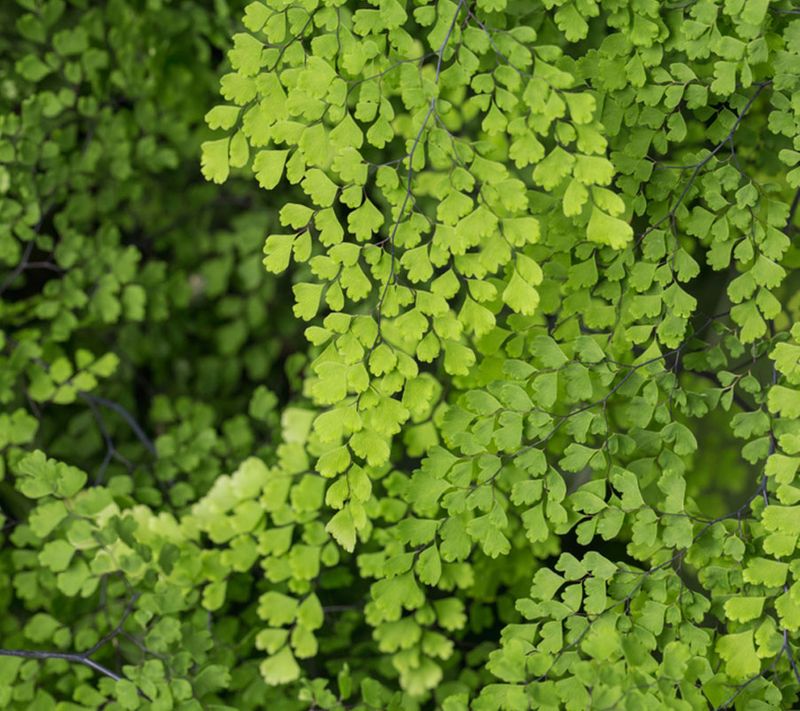
Maidenhair ferns are fragile indoor hanging plants with scanty leaflets that resemble lace. They're classified as hardy ferns rather than ferns that demand steamier temperatures but don't let that deceive you. Because maidenhair ferns are picky about their growth circumstances, keeping them healthy indoors can be challenging. The most important environmental component in successfully caring for this fern is humidity—it thrives on moisture and requires a lot of it to survive, which may be difficult to produce in indoor situations.
Your best option for ensuring the survival of your thirsty maidenhair fern is to provide it with multiple water sources. Continuously moist soil is a good place to start; from there, be sure to water your fern regularly, either daily or every other day, and never let the soil dry up. Overwatering can cause yellow leaves, so keep an eye out for them.
2. Orchid (Orchidaceae)
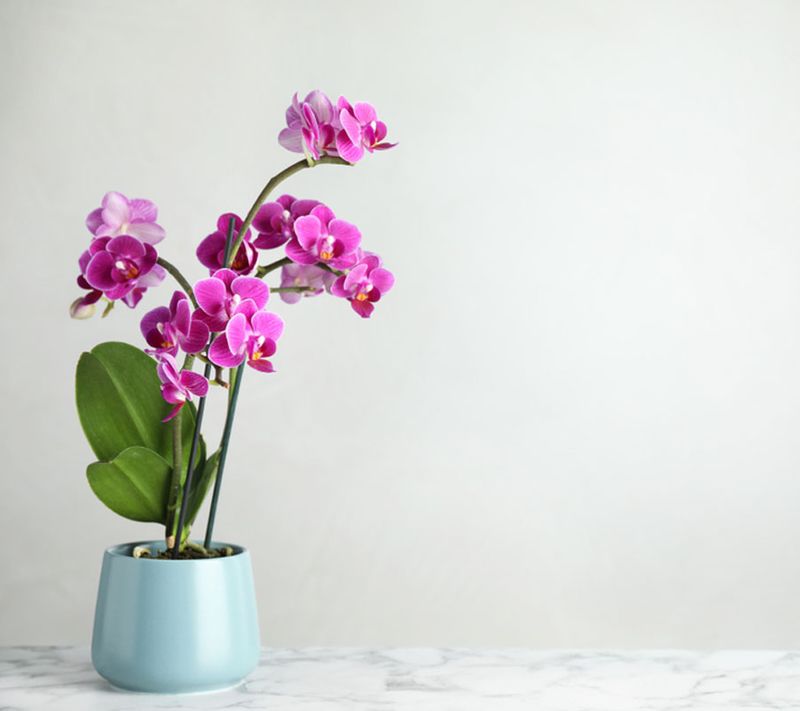
Orchids are among the most popular houseplants. It's not difficult to learn how to care for orchid plants as long as they have adequate growing conditions. Indoor orchid plant care is simple if you understand how to cultivate them properly. Depending on the type, these fascinating blooms come in a variety of colours and sizes. They make fantastic accent plantings for almost any type of house décor.
Orchids require little attention provided their fundamental needs—such as light, temperature, and humidity—are met. Orchids require plenty of moisture but should be left to dry out in between watering sessions. Poking your thumb about an inch into the ground is one way to check whether the soil is sufficiently hydrated.
Domestic orchid plants require a high level of humidity, preferably 50 to 70%. There are several methods for increasing the humidity in your house. Place a moisture plate or stone tray underneath the plant, spritz your plants daily, or use a mister. Fertilise orchids regularly, preferably bi-weekly while they are growing and then monthly once they have reached maturity. When the plant becomes dormant, stop fertilising completely.
3. Air plant (Tillandsia)
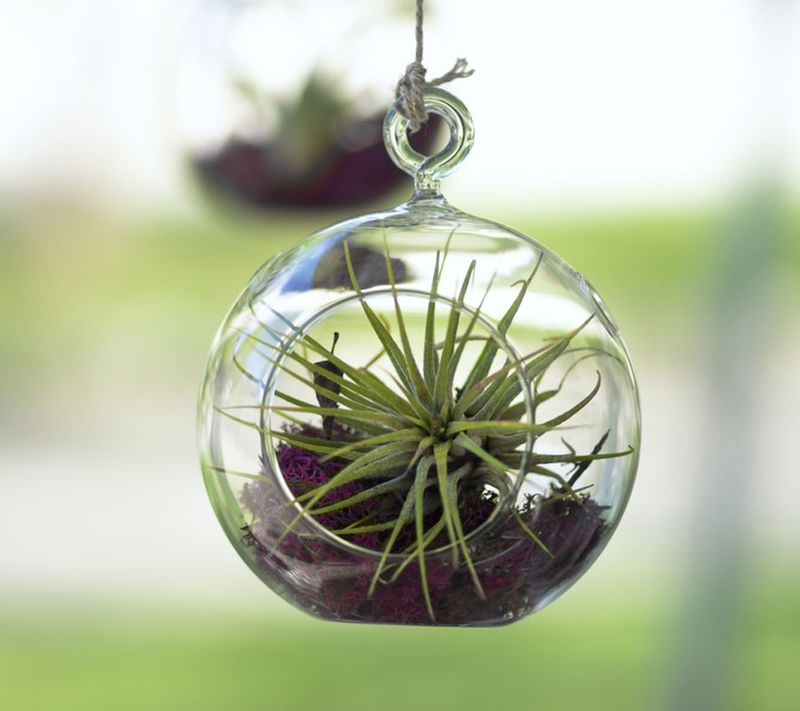
This easy, attractive indoor choice does not need soil, making it a favourite pick for any room in your home. Air plants are not a low light indoor hanging plant and it needs adequate circulation to survive, but they're generally low maintenance. The flowers they produce have a social media-worthy appearance and you can amp up the aesthetic of the plant with the pot you pick. Because of their sleek and contemporary appearance, glass globes are quite popular to house them. They can also provide you with a 360-degree view of your air plant.
Tillandsias grow differently than most other home plants, which can be perplexing for new plant parents. They are extremely resilient and require far less care than other home plants. Provided the atmosphere is not too dry they can survive with water misting and the occasional bath.
4. Satin pothos
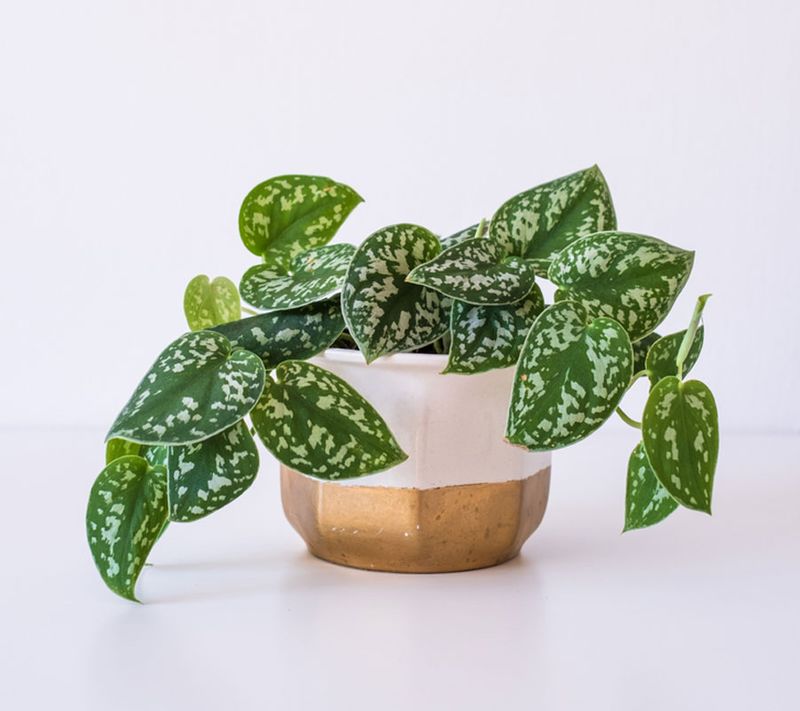
Because it is so visually beautiful, this slow-growing trailing vine plant is frequently used in stock pictures. Satin pothos (Scindapsus pictus) flourishes in a warm area with high humidity. However, keep in mind that satin pothos is not suitable for homes with pet animals since it contains calcium oxalate granules that, if swallowed, can cause irritation and nausea.
Grow your satin pothos in fertile, well-drained soil, fertilize regularly, and water when the top 2-3 inches of soil when it gets dry. Provide above-average humidity and intense indirect light, with temperatures ranging from 18 to 29 degrees Celsius.
5. Peperomia Quadrangularis

Peperomia quadrangularis, sometimes known as the beetle plant, is well-known among potted plant lovers for its distinctive elliptical and emerald leaves. It is among the best hanging plants you can have in your home and can reach a height of 12 inches. Most peperomia houseplants should be kept in bright, indirect sunshine at temperatures ranging from 18 to 25 degrees Celsius. They should be watered only when the top inch of the soil has dried up, fertilized weekly during planting season, and potted in well-draining garden soil.
6. String of pearls
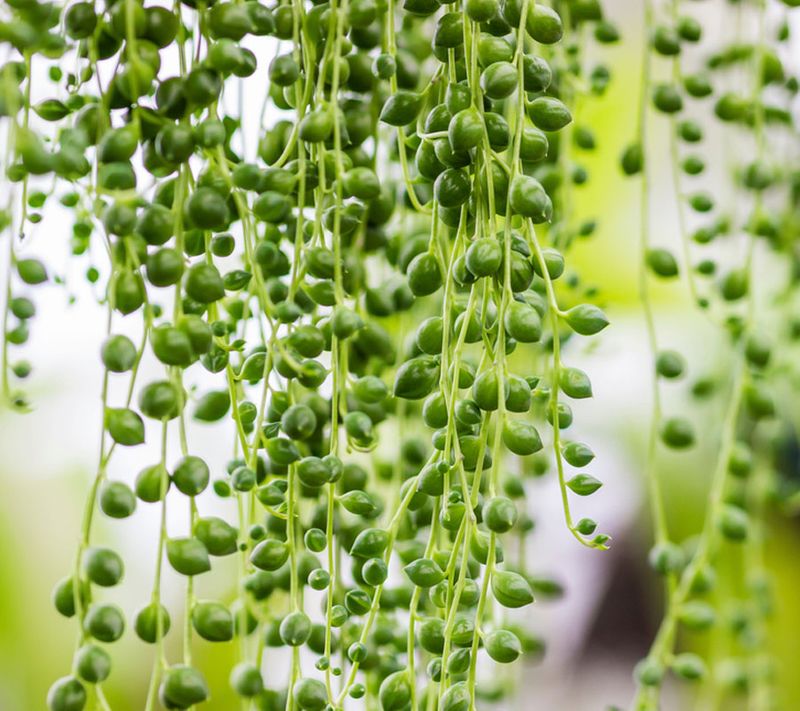
Senecio rowleyanus, or string of pearls as it is also called, gets its name from the large leaves that adorn its long cascading tendrils. It enjoys a dry environment and is drought resistant—so don't water it regularly and let the earth dry up between waterings. It's best to keep dogs and children away from it since eating the leaves of this plant will give them nasty stomach pain. The string of pearls plant has spherical, succulent leaves that hang from long, thin stalks. Although they appear to be peas rather than beads, this succulent is unquestionably a diamond. Suspend this hanging succulent plant to show off its trailing bead-like foliage. You can plant many young plants together to create a complete, eye-catching display.
Reduce watering throughout the winter months, but don't let the potting mix totally dry up. Chilly, dry weather may encourage spring blossoming. The blossoms on the plant are stunning, too, with clusters of petite, white trumpet-shaped flowers studded with multicoloured stamens.
7. Burro’s tail
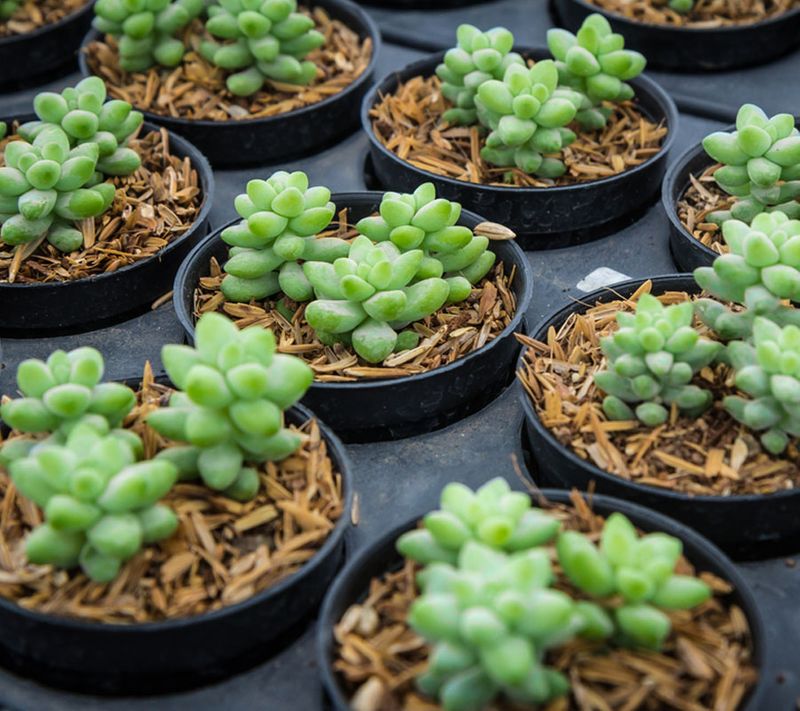
Burro's tail (Sedum morganianum) is among the most unusual succulents that you can grow indoors, with rows of tiny, plump leaves on cascading stalks. This low-maintenance, drought-tolerant houseplant is frequently limited to tabletop pots, but it really shines when its rope-like stems cascade from a hanging pot. Burro's tail is great for frequent travellers as it requires very little watering. When growing a burro's tail, water it carefully. Maintain a moderately wet environment for the plant.
Excessive water can cause the succulent's branches to decay. Burro's tail is a great hanging plant, and it also grows well in rockery crevices and provides an interesting ground cover. Spread the bushy branches in a bed of seasonal colour or bright blooming perennials.
The most apparent choice for hanging plants at home is from the wall or ceiling with a hook, but if the weight of the pot and damp soil is a cause of concern for you, mount it on a wall stud or ceiling joist for a stable anchor.
If hanging planters isn't an option, use these plants in other inventive ways. Set pots on the top shelf of a bookshelf or above a kitchen unit to allow the strands to flow down. Alternatively, use a tall narrow plant stand or tiny side table to allow the strands to fall over. The sky is indeed the limit—or at least your ceiling is.


